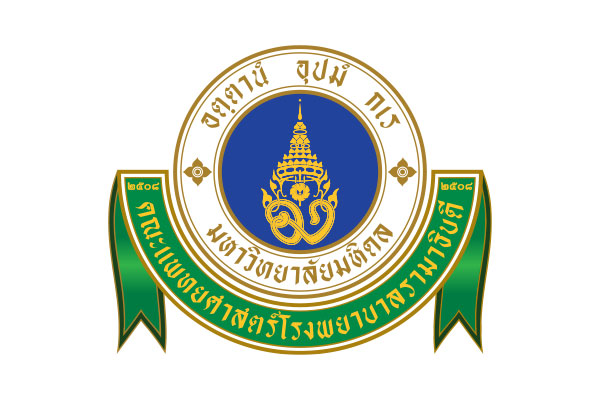Meta – analysis of Pinning in Supracondylar Fracture of the Humerus in Children
ภาควิชาออร์โธปิดิกส์ คณะแพทยศาสตร์โรงพยาบาลรามาธิบดี มหาวิทยาลัยมหิดล



Meta – analysis of Pinning in Supracondylar Fracture of the Humerus in Children
ภาควิชาออร์โธปิดิกส์ คณะแพทยศาสตร์โรงพยาบาลรามาธิบดี มหาวิทยาลัยมหิดล
ผลงานวิจัย :
Meta – analysis of Pinning in Supracondylar Fracture of the Humerus in Children
ผู้วิจัย :
ภัทรวัณย์ วรธนารัตน์
ชนิกา อังสนันท์สุข
ศศิวิมล รัตนศิริ
John Attia
ธีระ วรธนารัตน์
อัมรินทร์ ทักขิญเสถียร
วัตถุประสงค์ : เพื่อเปรียบเทียบผลการรักษาด้วย Lateral Pinning กับ Cross Pinnings ในกระดูกข้อศอกหักในเด็กชนิด Supracondylar ของกระดูก Humerus
แหล่งข้อมูล : The Cochrane Library, MEDLINE, CINAHL, วารสารเฉพาะทางออร์โธปิดิกส์ บทคัดย่อ/บทความจากการประชุมวิชาการ และเอกสารอ้างอิงจากผลงานวิจัยที่ค้นหาจนถึงเดือนกันยายน 2550
การคัดเลือกการศึกษา : การศึกษาชนิด Randomized Controlled Trials และ Cohort ทั้งหมดที่มีการเปรียบเทียบผลการรักษา ในแง่การสูญเสียการยึดตรึง เส้นประสาท Ulna บาดเจ็บจากการผ่าตัด และ Flynn Criteria ระหว่างการ Cross และ Lateral Pinnings ได้รับการระบุ
การสกัดข้อมูล : ผู้วิจัยสองท่านประเมินคุณภาพระเบียบวิธีวิจัยอย่างอิสระ โดยใช้แบบสกัดข้อมูลมาตรฐาน
การสังเคราะห์ข้อมูล : ทำการประเมิน Heterogeneity ของการศึกษา โดยใช้ Q Test ประเมิน Pooled Relative Risk โดยใช้ Mantel – Haenszel Method รวบรวมการศึกษาจำนวน 1829 เรื่อง ที่มีกระดูกข้อศอกหักชนิด Supracondylar จำนวน 1615 ศอก (เด็ก 837 และ 778 คน ที่ได้รับการยึดตรึงด้วย Cross และ Lateral Pinning ตามลำดับ) อายุเฉลี่ย 6.1 + 0.9 ปี ความเสี่ยงต่อการเกิดเส้นประสาท Ulna บาดเจ็บ 4.3 เท่า (ช่วงความเชื่อมั่นร้อยละ 95, 2.1 – 9.1) ใน Cross Pinning สูงกว่า Lateral Pinning ไม่พบความแตกต่างอย่างมีนัยสำคัญของการสูญเสียการยึดตรึง ภาวะผิดรูปภายหลัง หรือ Flynn Criteria ระหว่างการยึดตรึงทั้งสองชนิด
สรุป : Lateral Pinning เป็นทางเลือกที่เหมาะสมกว่าการยึดตรึงด้วย Cross Pinning ในการรักษากระดูกข้อศอกหักในเด็กชนิด Supracondylar บริเวณกระดูก Humerus เนื่องจากมีผลลดความเสี่ยงของเส้นประสาท Ulna บาดเจ็บ
การนำไปใช้ประโยชน์ : 44 Citations included Standard Textbook
รางวัลที่ได้รับ : Henry Bensahel Award, SICOT Meeting 2009
การเผยแพร่ผลงาน : Journal Orthopaedic Trauma 2012; 26:48 – 53.
การติดต่อ :
รศ.ดร.พญ.ภัทรวัณย์ วรธนารัตน์
ภาควิชาออร์โธปิดิกส์ คณะแพทยศาสตร์โรงพยาบาลรามาธิบดี มหาวิทยาลัยมหิดล